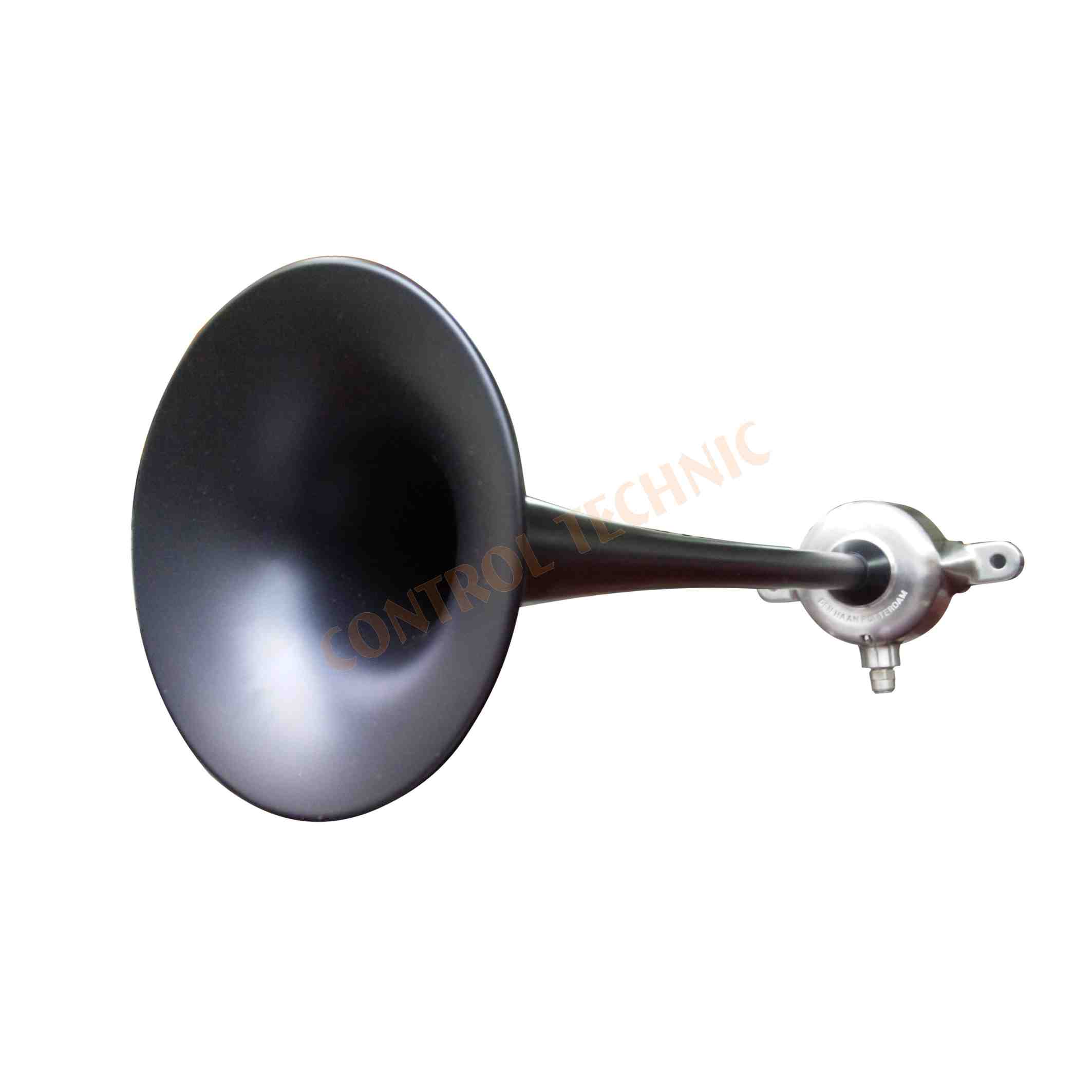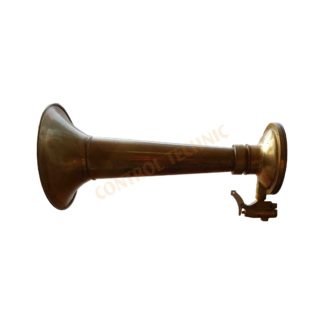Açıklama
According COLREG 1972, Annex III, ship air horn and ship lenght.
20 m – 75 m 130 dB
75 m – 200 m 138 dB
Over 200 m 143 dB
IMO — Two or more Whistles
1. If the whistles are fitted at a distance apart of more than 100 metres, it shall be so arranged that they are not sounded simultaneously.
2. Combined whistle systems are to be arranged when one single whistle is likely to have a zone of greatly reduced signal level, due to the presence of
obstructions.
3. If the whistles are to be used as a combined system — fitted at a distance apart of not more than 100 metres — they shall be arranged to be sounded
simultaneously. The frequency of any of the whistles shall differ from those of the others by at least 10 Hz.
IMO — Two or more Whistles
IMO — Sound Distribution
A whistle shall be placed as high as practicable on a vessel in order to reduce interception of the emitted sound by obstructions and also to minimize hearing
damage risks to personnel.
The sound level of the vessel’s own signal at listening posts shall not exceed 110 dB(A) and as far as practicable should not exceed 100 dB(A).
Extracts from COLREG. 1972 part D — Sound and Light Signals Bell & Gong Signalling
Rule 33 Equipment for Sound Signals
(a) A vessel of 12 metres or more in length shall be provided with a whistle and a bell and a vessel of 100 metres or more in length shall, in addition,
be provided with a gong, the tone and sound of which cannot be confused with that of the bell. The whistle, bell and gong shall comply with the specifications
in Annex III to these Regulations. The bell or gong or both may be replaced by other equipment having the same respective sound characteristics, provided
that manual sounding of the required signals shall always be possible.
Rule 35
(f) A vessel at anchor shall at intervals of not more than one minute ring the bell rapidly for about 5 seconds. In a vessel of 100 metres or more in length the
bell shall be sounded in the forepart of the vessel and immediately after the ringing of the bell the gong shall be sounded rapidly for about 5 seconds in the
after part of the vessel. A vessel at anchor may in addition sound three blasts in succession, namely one short, one prolonged and one short blast, to give
warning of her position and of the possibility of collision to an approaching vessel.
(g) A vessel aground shall give the bell signal and if required the gong signal prescribed in paragraph (f) of this Rule and shall, in addition, give three separate
and distinct strokes on the bell immediately before and after the rapid ringing of the bell. A vessel aground may in addition sound an appropriate whistle signal.
Annex III 2. Bell or gong
(a) Intensity of signal
A bell or gong, or other device having similar sound characteristics shall produce a sound pressure level of not less than 110 dB at 1 metre
(b) Construction
Bells and gongs shall be made of corrosion–resistant material and designed to give a clear tone. The diameter of the mouth of the bell shall be not less than
300 mm for vessels of more than 20 metres in length, and shall be not less than 200 mm for vessels of 12 to 20 metres in length. Where practicable, a power–
driven bell striker is recommended to ensure constant force but manual operation shall be possible. The mass of the striker shall be not less than 3 per cent of
the mass of the bell.



